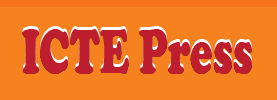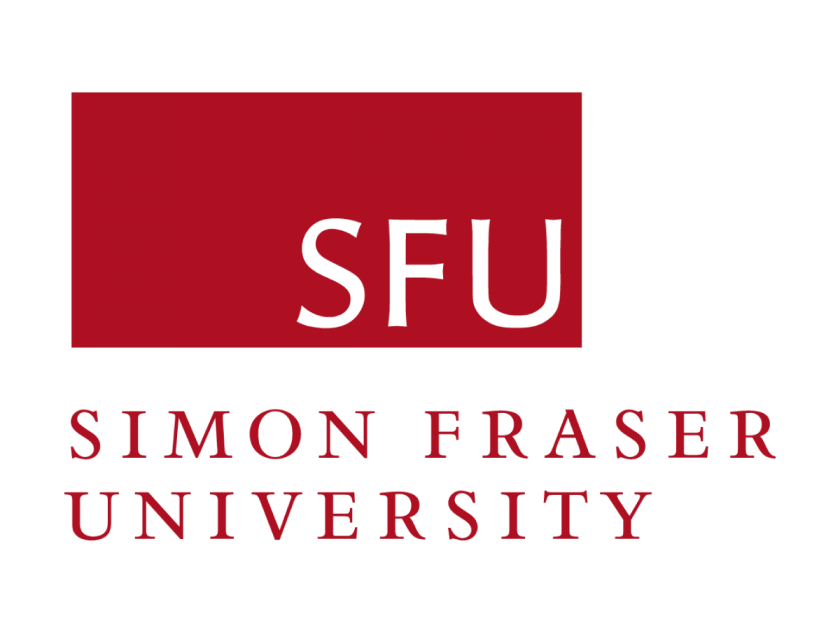Ideological Constructions in News Discourse Presented in Philippine Broadsheets: Input to Innovations in Language Education
DOI:
https://doi.org/10.2991/assehr.k.210226.011Keywords:
critical discourse analysis, discourse patterns, evaluative language, ideological constructions, process typesAbstract
The study investigated the discursive nature of reportage in the news presented in leading Philippine broadsheets and established how purposive linguistic choices lead to biases that shape ideology. CDA was used as the study’s operational framework, while SFL guided textual analysis, specifically on the system of transitivity for analyzing process types. The evaluative language was analyzed using the Appraisal Theory. The research involved 585 news articles, mining 231,985 words to form the corpus. The analysis revealed that news reportage’s discursive nature is non-conventional in terms of passive agent deletion in headlines and the strategic use of evaluative language to forward ideologies. The news discourse used the material process type often and for particular socio-political personalities. The news stories were also found to have visibility bias the most, while the use of evaluative language was a source of bias in the discourse. Together with the framework developed as the study’s output, these results serve as inputs for innovations in language education, especially in courses in communication, genre-based linguistics, and media studies. These provide oppositional and/or fresh perspectives in language teaching in the new normal, where careful and appropriate use of language is key in forwarding critical information to the public.
References
Broesma, M. (2007). Form, style and journalistic strategies. An introduction. In M. Broersma (Ed.), Form and style in journalism. European newspapers and the representation of news. Leuven, Paris & Dudley, MA: Peeters.
Tierney, K., Bevc, C., & Kuligowski, E. (2006). Metaphors matter: Disaster myths, media frames, and their consequences in Hurricane Katrina. The Annals of the American Academy of Political and Social Science, 604, 57-81.
Sonnett, J., Morehouse, B. J., Finger, T. D., Garfin, G., and Rattray, N. (2006). Drought and declining reservoirs: Comparing media discourse in Arizona and New Mexico, 2002 2004. Global Environmental Change, 16, 95-113.
Wijnberg, R. (2018). The problem with real news- and what we can do about it. The Correspondent. Retrieved on May 2019 at http://medium.com/de-correspondent/the-problem-with-real-news-and-what-we-can-do-about-it-f29aca95c2ea
Branderburg, H. (2005). Political Bias in the Irish Media: A Quantitative Study of Campaign Coverage during the 2002 General Election. Irish Political Studies, 20(3): 297.
Eberl, K., Wagner, J.M. and Boomgarden, H. (2016). Are Perceptions of Candidate Traits Shaped by the Media? The Effects of Three Types of Media Bias. The International Journal of Press/ Politics, Vol. 22(1).
Siemens, G. (2014). Connectivism: A learning theory for the digital age. Retrieved from http://www. it. org/journal/jan_05/article01. htm.
Entman, R. (2007). Framing Bias: Media in the Distribution of Power. Journal of Communication, 57 (1): 163-173.
Christiansen, M. and Kirby, S. (2003). Language evolution: Consensus and controversies. Trends in Cognitive Science, 7 (7), 300-307.
Fairclough, N. (2001). Language and Power. Harlow, England: Longman.
van Dijk, T. (2006). Discourse and manipulation. Discourse and Society, Vol. 17(3), 359-383.
Thompson, G. (2004). Introducing Functional Grammar, 2nd edition. London, UK: Arnold.
Pajunen, J. (2008). Linguistic Analysis of Newspaper Discourse in Theory and Practice. University of Tampere, English Philology.
van Leeuwen, T. (1996). The representation of social actors. In Texts and Practices: Readings in Critical Discourse Analysis. Caldas-Coulthard & Coulthard (Eds.). London: Routledge.
Huang, D. (2018). A Comparative Analysis of News Discourse. International Journal of English Linguistics; 8 (5). Canadian Center of Science and Education.
Halliday, M. (1994). Introduction to Functional Grammar, 2nd. Edition.UK: Arnold.
Eggins, S. (2004). An Introduction to Systemic Functional Linguistics, 2nd edition. Continuum International Publishing Group, Ltd.
Martin, J.R. (2000). A contextual theory of language. In B. Cope and M. Kalantzis (Eds.). The power of literacy: A genre approach to teaching writing. London: Falmer Press, 116-136.
Martin, J.R. and White, P.R. (2005). The language of evaluation: Appraisal in English. Basingstoke: Palgrave Macmillan.
Iedema, R.A.M. (2000). Bureaucratic planning and resemiotisation. In E. Ventola (Ed.). Discourse and the Community. Tubingen: Gunter Narr Verlag.
White, H. (2004). Citation Analysis and Discourse Analysis Revisited. Applied Linguistics, 5 (1).
Cunha, G. (2015). The multiplicity of voices in the journalistic discourse: study of polyphony in Journalism in light of a modular perspective of discourse organization. The Scientific Electronic Library Online.
Montaño-Harmon, M. R. (2001). Discourse Patterns. California State University, Fullerton, June 2001.
Fairclough, N. (1995). Critical Discourse Analysis: The Critical Study of Language. Longman.
Sriwimon, L. and Zilli, P. J. (2017). Applying critical discourse analysis as a conceptual framework for investigating gender stereotypes in political media discourse. Kasetsart Journal of Social Sciences, 38.
Figgou, L. and Pavlopoulos, V. (2015). Social Psychology: Research Methods. International Encyclopedia of the Social and Behavioral Sciences, Second Edition. Elsevier, Ltd.
Flores, E. R. (2009). Manipulative prototypes in leading online English newspapers in the Philippines: A critical discourse analysis. Graduate Study. De La Salle University, Philippines.
Tiono, N.I. (2003). An Analysis on Syntactic and Semantic Factors found in Newspaper Headlines. Kata: biannual publication on the study of language and literature, 5(1).
Downloads
Published
How to Cite
Issue
Section
License
Copyright (c) 2021 Kristoffer Conrad M. Tejada

This work is licensed under a Creative Commons Attribution 4.0 International License.
Copyright
The copyright of all articles published in the Proceedings of the AsiaCALL International Conference (paic) remains with the Authors, i.e. Authors retain full ownership of their article. Permitted third-party reuse of the open access articles is defined by the applicable Creative Commons (CC) end-user license which is accepted by the Authors upon submission of their paper. All articles in the aicp are published under the CC BY-NC 4.0 license, meaning that end users can freely share an article (i.e. copy and redistribute the material in any medium or format) and adapt it (i.e. remix, transform and build upon the material) on the condition that proper attribution is given (i.e. appropriate credit, a link to the applicable license and an indication if any changes were made; all in such a way that does not suggest that the licensor endorses the user or the use) and the material is only used for non-commercial purposes.








